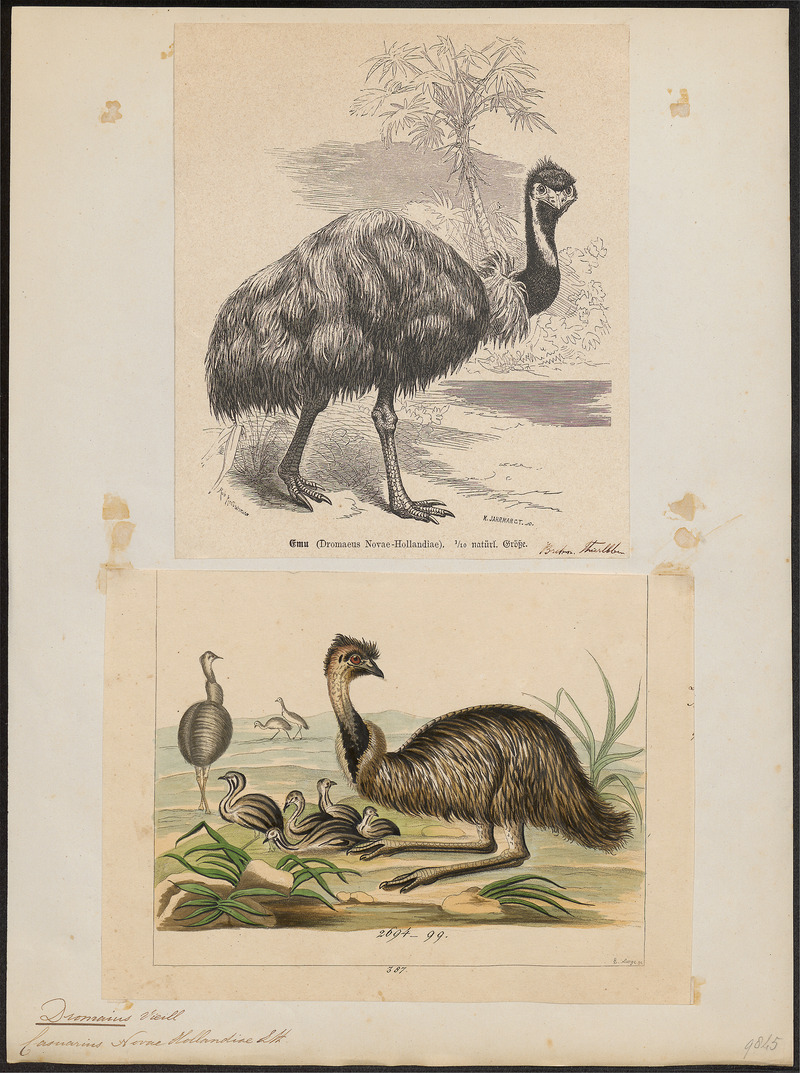|
| Query: bird | Result: 3400th of 32675 | |
common emu (Dromaius novaehollandiae)
| Subject: | common emu (Dromaius novaehollandiae)
| | Poster: | Wiki Photos (---@---.---)
| |

| Resolution: 2930x3930
File Size: 6369568 Bytes
Upload Date: 2017:03:26 12:38:35
|
|
|